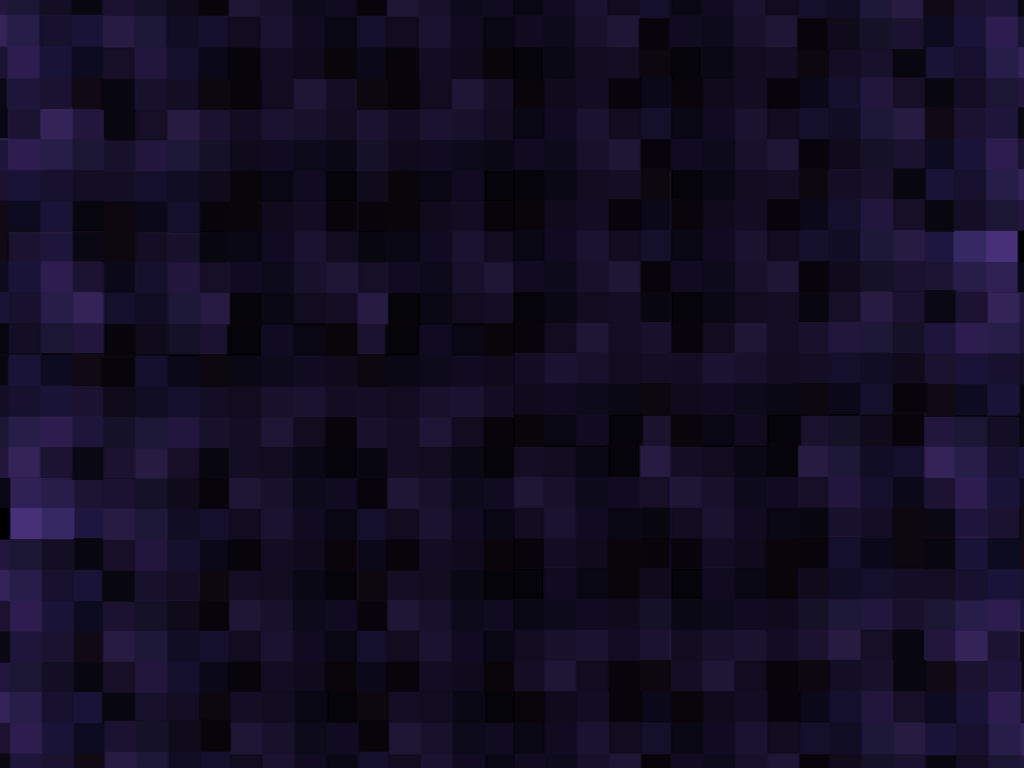Dance View; Ideas Turn Soloists Into Daredevils
Jack Anderson, The New York Times
February 7, 1993
There they stand, all alone, ready to embark upon solo flights. Dancers who present solos are daredevils, for they must persuade audiences that a single figure on stage deserves watching. But dancers love taking risks, and as several recent solos demonstrated, the risks are well worth taking.
One notable work was based on realistic gestures. Others emphasized the designs a moving body can make. Still others looked abstract yet proved unexpectedly representational.
Ton Lutgerink, a Dutch choreographer previously unknown in New York City, used realism to spur his ingenuity in "Man in a Hurry," which he offered last month on a program by the Onafhankelijk Toneel of Rotterdam. The presentation, at the Theater for the New City, was part of an exchange project that is enabling three Dutch groups to visit four American cities. Thanks to Mr. Lutgerink's capacity for choreographic portraiture, the Onafhankelijk Toneel (which is pronounced oh-noff-HONK-eh-lick toh-NEEL and means Independent Theater) created a favorable impression in its New York debut.
Wearing casual street attire, Mr. Lutgerink made his "Man in a Hurry" a worried fellow. He pursed his lips and furrowed his brow; his mouth twitched, his nostrils quivered. All this looked realistic. Yet no man on the street would fidget so incessantly (if he did, a passer-by might wonder if he were drunk or demented). Through the intensity of his gestures, Mr. Lutgerink became a symbol of all fretful, puzzled men.
In contrast, abstraction was favored in works by both Sefa Jorques, a Catalan dancer who was born near Valencia, Spain, and Wendy Rogers, a choreographer from Berkeley, Calif.
In "La Bastida," a suite of solos that Ms. Jorques presented at the Ohio Theater last month, every step looked precisely planned. She created kinetic excitement entirely through contrasts between taut and relaxed movements.
Ms. Rogers, an equally meticulous choreographer, was austere in "Compass," which she offered last month at St. Mark's Church. Rooted to one spot, she jogged in place while slowly turning her upper body from side to side and thrusting her arms stiffly outward. She portrayed no specific character and preached no message. But because of the name of the work, the kinds of movements she chose made it impossible to forget that a compass is an instrument that determines direction as well as a device used for drawing circles.
Because people cannot shed their bodies, dances, unlike paintings, cannot be totally abstract. Ms. Jorques's juxtapositions of steps did more than delight the eye: they evoked states of tension and ease. And, although she never pretended to be a real compass, Ms. Rogers's rigor brought to mind the basic meanings of the word compass.
Margie Gillis provided another fascinating demonstration of how a dance can seem both abstract and representational. Her January concerts at the Joyce Theater included a solo in which her loosened hair swirled about her head while her skirts swayed around her feet. On her programs for adults, this work -- choreographed for her by Stephanie Ballard -- was called "Mara." But when Ms. Gillis presented the piece at a children's matinee, it was renamed "Mara the Mermaid."
The change implied that while grown-ups could enjoy the solo simply for its waves of motion, youngsters were invited to see a sprite in those waves. Yet nothing prevented adults from populating the choreographic waves with their own fancies, and some children might have loved the movements primarily for their liquid beauty.
At her best, Molissa Fenley, who followed Ms. Gillis at the Joyce, can also make the act of dancing dramatically significant, even when she does not impersonate specific people. For instance, in "State of Darkness," a 1988 solo to Stravinsky's "Sacre du Printemps," her assertive actions suggested a female warrior's. Yet she cast herself as no avenging goddess, militant queen or rebellious peasant. She remained a dancer dancing -- but always forcefully.
Unfortunately, Ms. Fenley's new solos, "Sightings," "Nullarbor" and "Channel," were far less stimulating. This performer has always favored a deliberately limited choreographic palette. But her premieres were formula-ridden: whatever did not look fast and dogged looked slow and dogged -- the choreographic equivalent of painting by numbers.
Like Ms. Fenley, Javier De Frutos can make a solo a display of stamina. This young Venezuelan-born choreographer was imaginative as well as energetic in a January concert at the Dia Center for the Arts when he tackled a challenging piece of music, Prokofiev's Piano Concerto No. 1. Mr. De Frutos's "Almost Montana" began with stampings to the concerto's declamatory opening theme. Rapid passages for the piano were matched by darting steps and whiplike arm lashings.
Yet "Almost Montana" was more than what dance composition teachers call a music visualization. After all, Mr. De Frutos did put the word Montana into his title. The scale of his movements could be compared with the vastness of the West. Moreover, when slides of buffalo were projected for a few moments on the back wall, the pointing fingers in some of Mr. De Frutos's hand and arm positions suggested buffalo horns.
The fact that "Almost Montana" was simultaneously almost abstract and rather representational suggests that extremes can edge closer in solos. And Ms. Rogers's "Compass" is only one of many solos that have pointed in several esthetic directions at once. Although soloists have no visible partners, they often dance with a multitude of ideas.
http://www.nytimes.com/1993/02/07/arts/dance-view-ideas-turn-soloists-into-daredevils.html
Salone at Judson Memorial Church
March 17, 2026, 7pm
Click here for details
BiennaleDanza2026
June 1 - August 1, 2026
Click here for details
20th International Festival of Contemporary Dance
July 24-August 1, 2026
Click here for details
Cross Bridge



